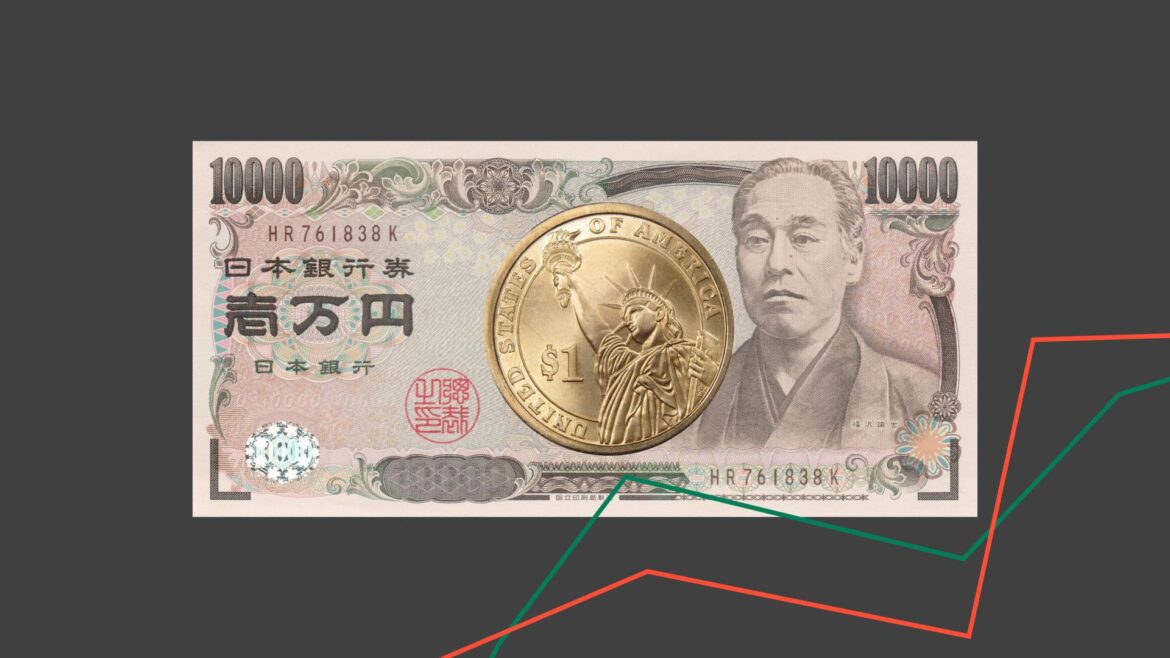Japanese economy: current context
The arrival of Prime Minister Sanae Takaichi has shifted Japan’s policy narrative towards a more expansionary stance, with the administration emphasising fiscal support and measures intended to stimulate growth after years of low dynamism. Markets have taken this as a signal that fiscal impulses — and potentially accommodative financial conditions — will be prioritised to reignite domestic demand.
The macro picture is mixed. On an annual basis, GDP growth stands at roughly 1.1 per cent, but the third-quarter reading showed a quarter-on-quarter contraction of around 0.4 per cent, highlighting weakness in short-term activity. At the same time, headline inflation has risen to about 2.9 per cent, exceeding the Bank of Japan’s target and complicating the policy trade-off between supporting growth and containing price pressures.
This combination — stronger political impetus for expansion alongside elevated inflation — has tilted market expectations towards a looser fiscal trajectory that could weigh on the yen. While the BoJ retains responsibility for monetary policy and has indicated willingness to tighten if inflation proves persistent, investors appear to be pricing the government’s growth orientation as the dominant near-term influence on exchange-rate dynamics.
Technical analysis of the USD/JPY pair
From a technical perspective, the USD/JPY pair has exhibited significant consolidation (range-bound trading), accompanied by an emerging short-term bullish trend. Key observations include:
Trend context. In the long term, the USD/JPY pair has demonstrated substantial consolidation between ¥140 and ¥158. In the short term, the exchange rate has trended higher, favouring the US Dollar following a breakout from a bullish triangle pattern to the upside. Resistance levels. On the upside, key technical resistance levels are identified at: ¥158.50 (structural resistance) and ¥161.50 (a three-year high). A decisive break above these levels would suggest the potential for further appreciation to higher price zones. Support levels. On the downside, critical technical supports are: ¥153.27 (short-term support) and ¥150.75 (medium-term support). A breach of the ¥150.75 zone would increase the probability of a deeper correction. Momentum indicators. Both the MACD and RSI are currently situated in overbought territory; however, neither indicator displays bearish divergence. Consequently, short-term momentum remains predominantly bullish.
Figure 1. USD/JPY exchange rate (2024-2025). Source: Data from the Intercontinental Exchange (ICE); own analysis conducted via TradingView.


AloJapan.com